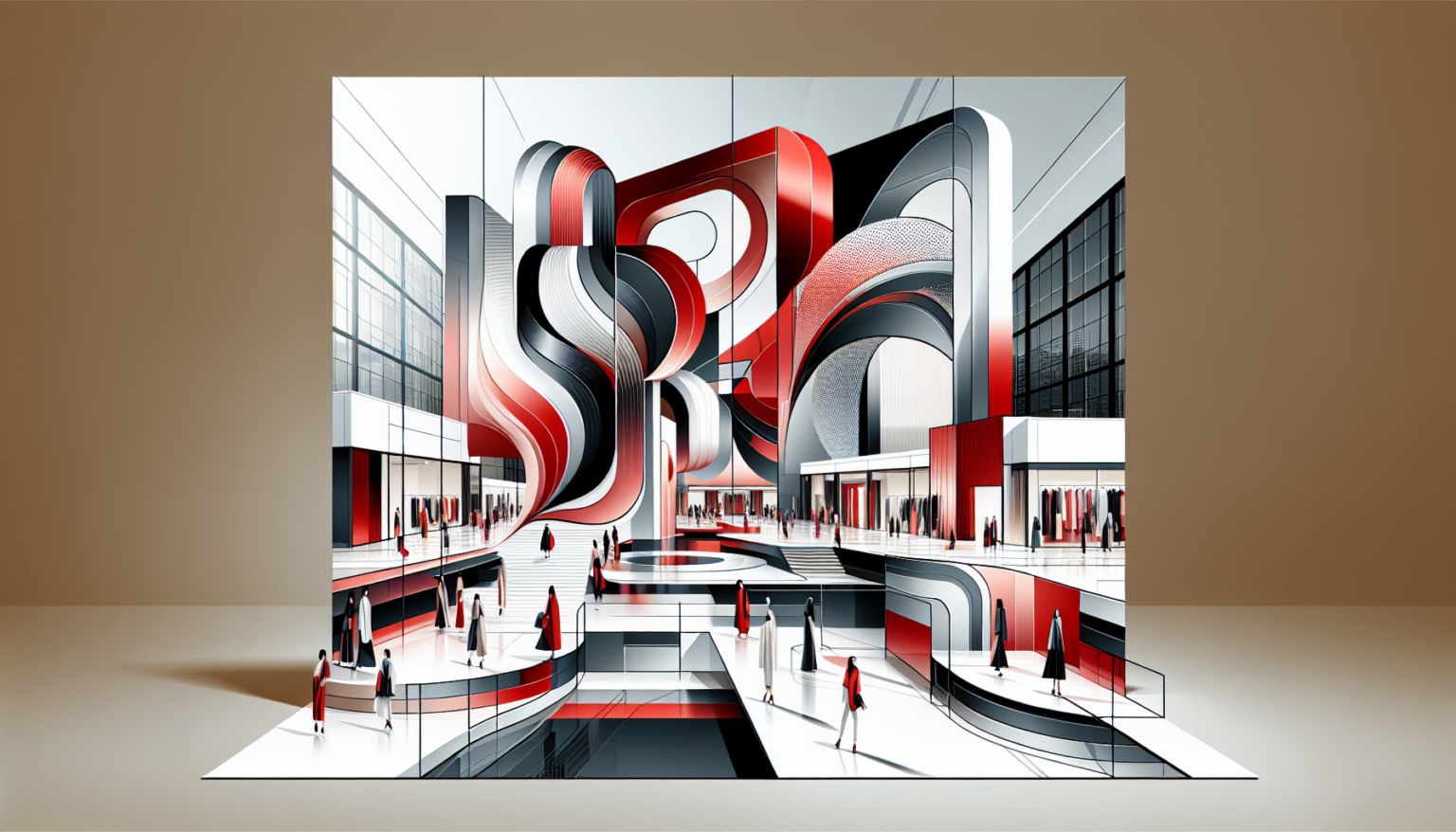The National Gallery of Victoria (NGV) in Melbourne is set to host a groundbreaking exhibition titled “Westwood | Kawakubo.” This exhibition will showcase the work of two iconic female fashion designers, Vivienne Westwood and Rei Kawakubo, side by side for the first time. The exhibition, running from December 7 to April 19, will feature over 140 designs from the NGV’s collection, private collections, and institutions such as the Costume Institute at the Metropolitan Museum of Art in New York. Highlights include punk ensembles from Westwood’s late 1970s collections and Kawakubo’s sculptural designs from her Body Meets Dress — Dress Meets Body collection.
Senior curator Katie Somerville noted the designers’ parallel careers, stating, “They were born within a year of each other, on different sides of the world, and were both self-taught. Both had groundbreaking moments in 1981, with Westwood showing in London, and Kawakubo in Paris.”
Westwood and Kawakubo are known for pushing the boundaries of fashion, examining the complex relationship between clothes and the body, and incorporating historical dress elements into their work.
Westwood and Kawakubo’s unique vision
Their unexpected and provocative designs will be a major theme of the exhibition. Somerville explained, “At the NGV, we’ve carved out an innovative model of presenting shows where we pair artists.” Previous successful exhibitions paired Andy Warhol with Ai Wei Wei and Keith Haring with Jean-Michel Basquiat. This marks the first time that focus is placed on fashion designers and specifically on women.
The NGV will kick off the exhibition with a gala on December 6 at NGV International. This annual summer blockbuster show aims to reveal new layers of connection and divergence between Westwood and Kawakubo’s work, offering fresh insights into their influential careers. The exhibition is anticipated to draw significant attention from fashion enthusiasts and cultural commentators alike, as it celebrates the enduring legacy of Vivienne Westwood and the groundbreaking work of Rei Kawakubo.










